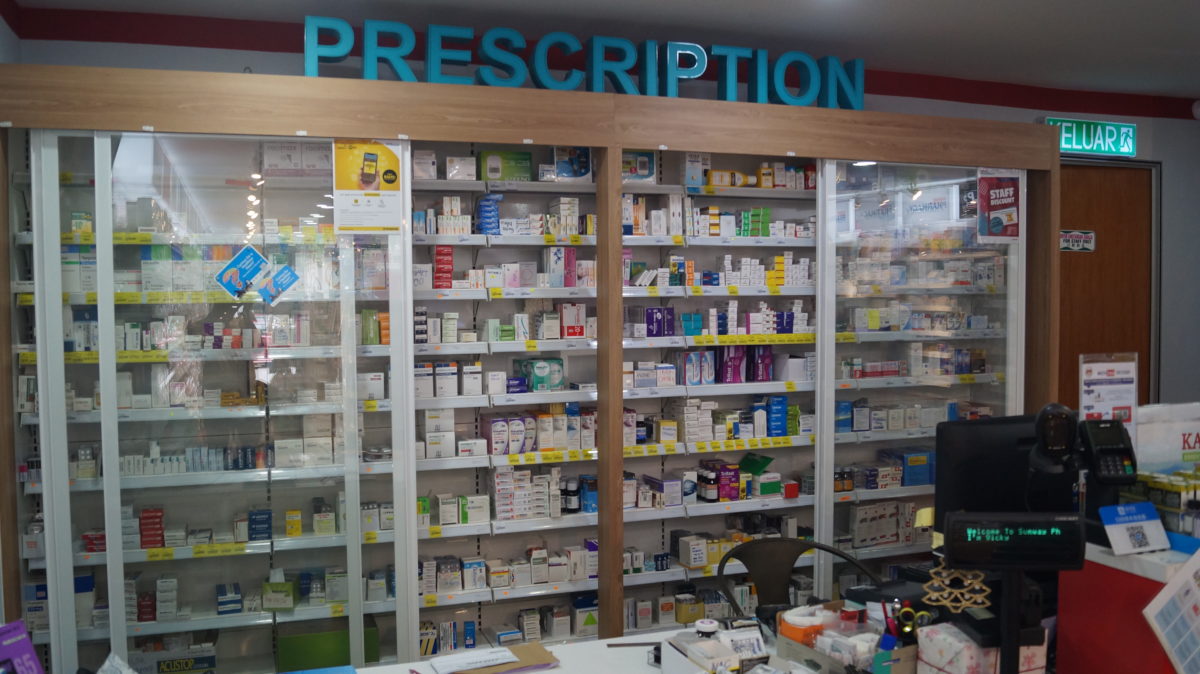Randomised clinical trials (RCTs) are widely accepted as the gold standard within clinical research for several reasons, mainly due to randomisation that eliminates biases.
By randomly assigning either the new intervention or the current standard treatment on the market, RCTs are considered as the highest level of evidence in clinical practice and the best way to establish safety and efficacy of new therapies.
However, conducting RCTs is incredibly expensive. It is estimated that it costs around US$2.6 billion to bring a drug to market, with a considerable share of that being spent on RCTs.
Real-world data (RWD) is health-related information reported and gathered in real-world medical settings, such as electronic medical records, insurance claims and other data sources. These data sets are gathered, stripped of all direct identifiers, and stored in a variety of sources to be later analysed alongside similar data. Hence, such data offer new insights about a medicine beyond what is established by a RCT alone.
Real-world evidence (RWE) is the clinical evidence regarding the usage and potential benefits or risks of a medical product derived from analysis of RWD.
One of the main issues with RCTs is the under-representation of true-end users due to a lack of access to the right patient cohorts. RCTs have very stringent inclusion/ exclusion criteria and controlled environments that may not reflect the real world.
Therefore, RWE studies can be potentially valuable and complementary to RCTs due to their high external validity that RCTs cannot yet deliver.
On the heels of promising an accelerated and less costly alternative to RCTs, it is nearly impossible not to notice the allure of RWE. The prospect of cutting down costly and time-consuming RCTs is the chief reason behind RWE’s rapid rise to prominence.
The US Food and Drug Administration (FDA) has relied on its gold standard of RCTs to assess efficacy and safety in medicine regulatory decision-making. With a mandate from Congress with the 21st Century Cures Act, the agency had to come up with guidelines for how RWD can be used in its regulation. This could potentially shift the dialogue in medicine regulation.
Funded by the FDA and launched in late 2017, the landmark RCT DUPLICATE Project set out to demonstrate the applications of RWE in the approval and regulation of medicine using prospective longitudinal insurance claims.
The ultimate goal is to find out if the use of RWE would have led to the same regulatory decisions made using conventional RCTs. The replication of selected RCTs using RWD offers valuable insights on the factors that decide what types of clinical questions can be confidently answered with RWD analyses and with which study designs and analytical methods.
Aetion, a private health care technology organisation, was contracted by the FDA to duplicate the results of 30 completed RCTs and predict the results of seven trials that are currently ongoing by using RWE.
Aetion pushed a step further by initiating a quest to replicate the CAROLINA study (Cardiovascular Outcome Study of Linagliptin Versus Glimepiride in Patients with Type 2 Diabetes) by leveraging on RWD from three US claims databases.
The CAROLINA study compared a newer anti-diabetic medicine known as the DPP-4 inhibitor, Tradjenta (Linagliptin) to the currently widely used sulfonylurea, glimepiride. The head to head trial suggested that Tradjenta was “non-inferior”, i.e. not too different, in reducing the combination of heart attacks, stroke, and cardiovascular deaths among patients with type 2 diabetes and elevated cardiovascular risk.
Using RWD, Aetion delivered rapid results and came to the same conclusion of the CAROLINA study. However, the reduction of hypoglycaemia was higher in the clinical trial compared to the real-world trial simulation utilising electronic databases.
One stark difference that is worth highlighting – the safety profile in the CAROLINA study was established with 6,033 adults with type 2 diabetes from 43 countries at more than 600 sites.
The study assessed Tradjenta safety over the longest period ever studied in a DPP-4 inhibitor cardiovascular outcome trial, with a median follow-up of more than six years. The RWE model cut the cost, and time significantly in coming up with the same conclusion.
Believers meet critics
Although RWE has gained growing appreciation over the years, it generated fierce criticisms at the same time. RWE is still seen as an unorthodox approach to generate and understand clinical data in the risk-averse and conservative nature of health care.
Critics are not convinced that replications of RCT results are good enough, and at most, RWE can only be used as a hypothesis-generating approach. Many experts in the field staunchly believe that RWE-based studies can never replace conventional interventional, prospective clinical trials.
On the other end, supporters of RWE have pushed back and said that RWE can potentially deliver valid and reliable results that match RCTs. It may have a significant impact on clinical practice and medicine regulatory framework, provided that the design, implementation, and analyses are robust.
So, what are we to believe? Although RWE studies seem incredibly appealing, opinions are still sharply divided. From my standpoint, the FDA and RCTs DUPLICATE team do not aim at replacing clinical trials with RWE.
Instead, it’s an initiative to explore how RWE studies can complement, augment and expand current understanding to support medicine regulatory decision-making.
We have much to gain by giving RWE a chance to advance the future of health care.

June Choon is a lecturer and researcher in Health Economics at the School of Pharmacy, Monash University Malaysia.
- This is the personal opinion of the writer or publication and does not necessarily represent the views of CodeBlue.








